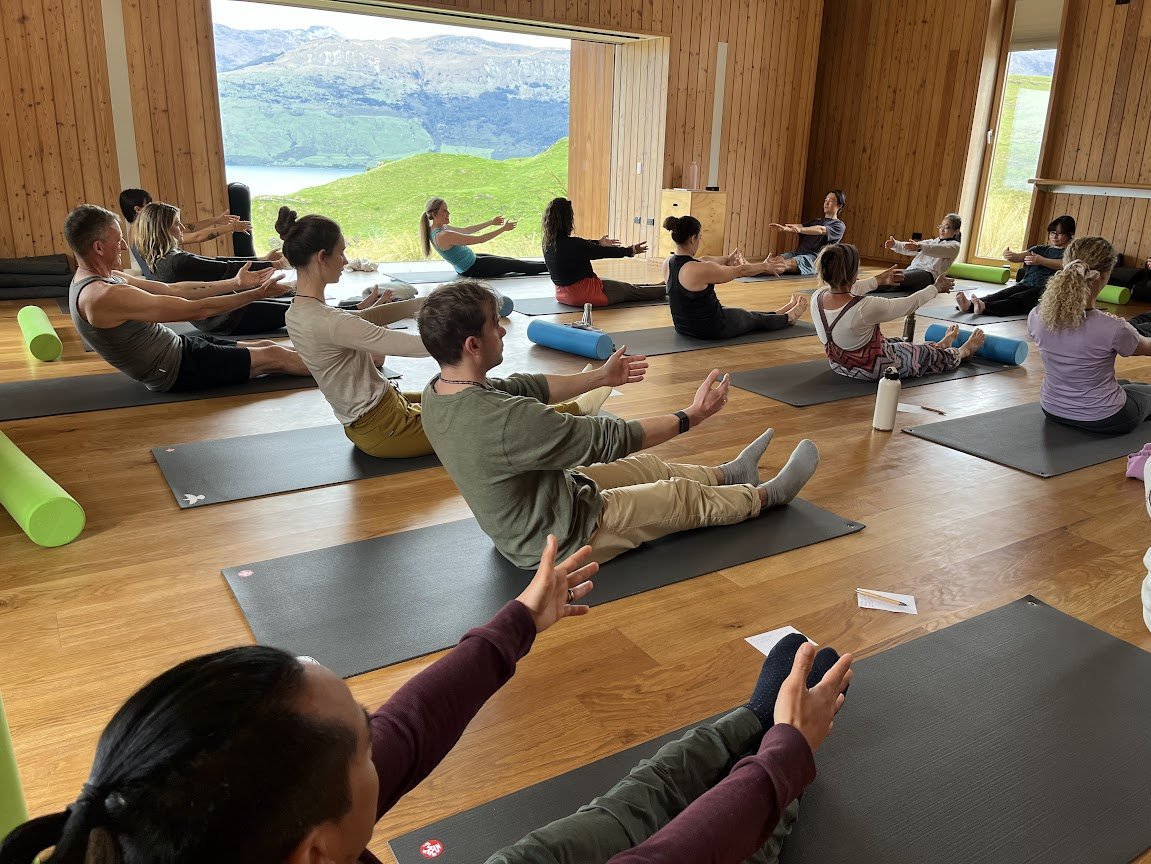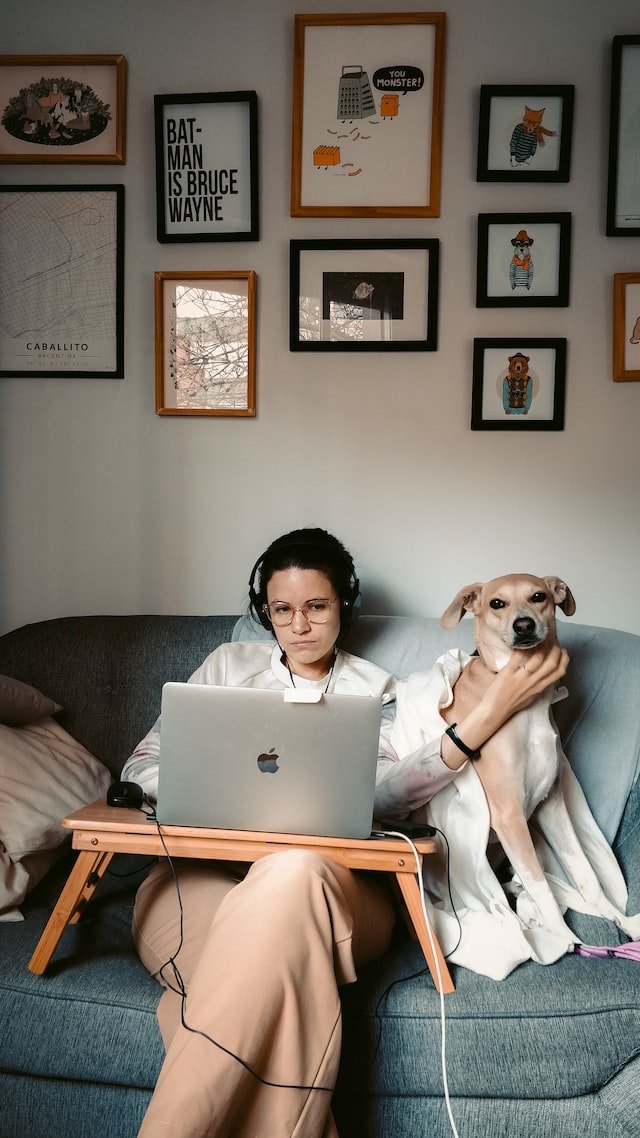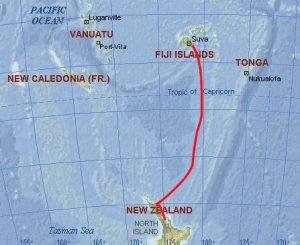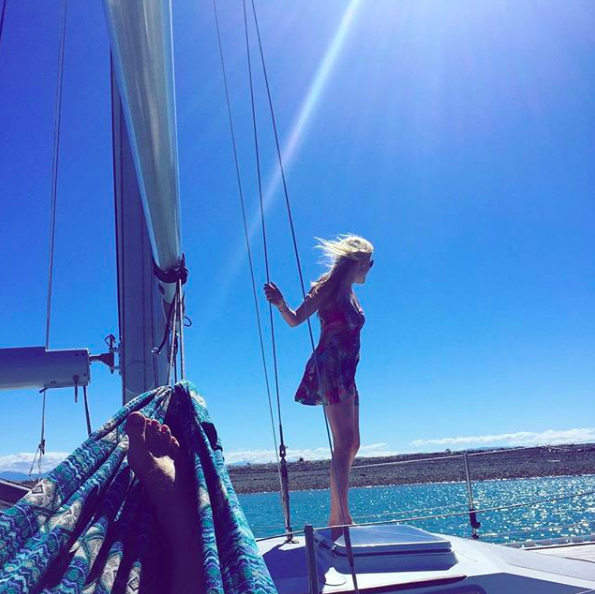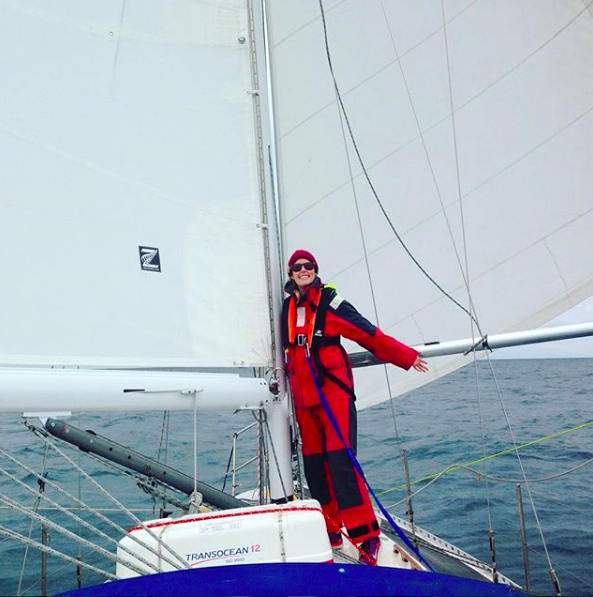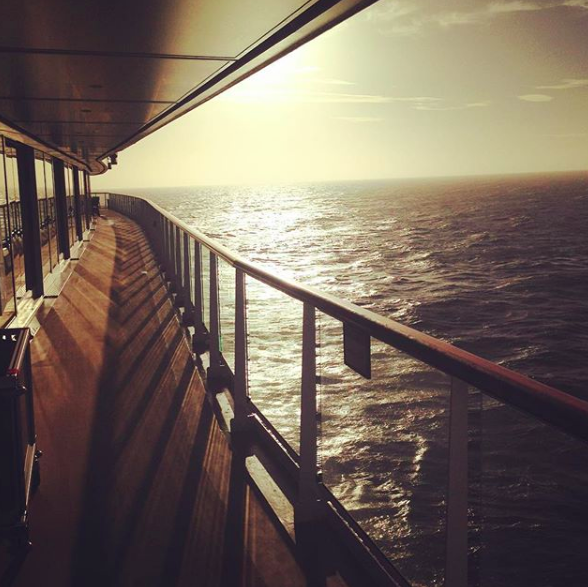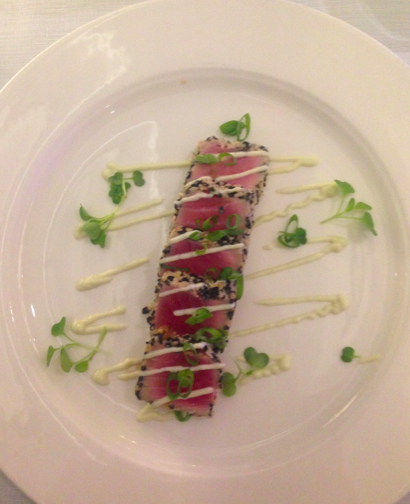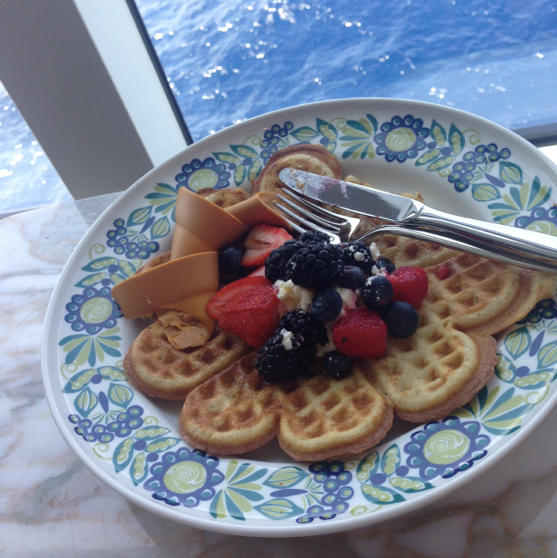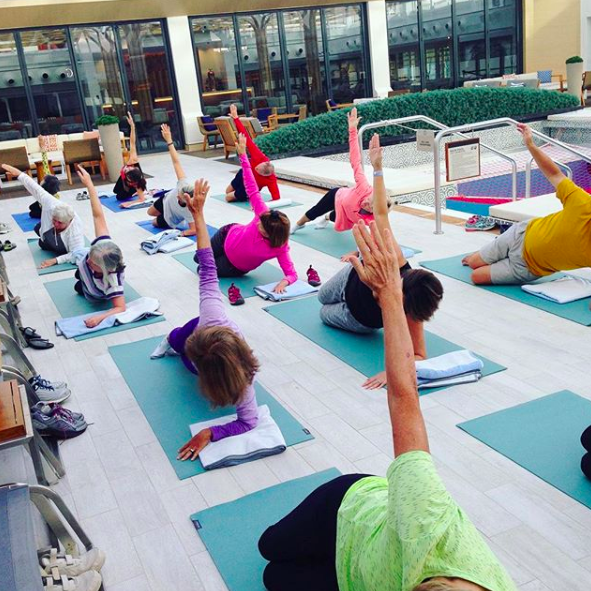You might be one of my patients who I have referred to this page to cement what we’ve learned in our one-on-one session. Or! You may not know me at all. But here you are! You’re here to learn how to find that neutral spine position, which can be one of the hardest parts of learning good posture, and starting Pilates.
How to find your neutral spine
Neutral spine can feel tricky or scary if you have had a back injury or back soreness for a long time, but it’s a very important part of recovery. Not only does it help get our backs moving, it also helps us maintain a stable spine throughout daily life.
So! I could explain neutral spine for hours, but the video below does such a great job for me. It’s from my last workplace in Melbourne, Australia and is a fantastic resource.
So lie on your back with your knees bent and feet planted on the floor, and watch and listen as these fantastic physiotherapists help to teach you how to find your neutral spine.
How to do a Bridge while activating the glutes
The bridge is one of the best exercises as it works on so many things all at once! It incorporates spinal articulation with mobility, pelvic tilts and of course, pelvic stability thanks to glute activation and core strength. Plus! You can do your kegels or pelvic floor exercises at the same time.
As with neutral spine, I could explain the bridge in writing, but it’s much more effective to watch a video and listen to the Physiotherapists explain the exercise.
Please note: The video below shows progressions, but it’s best to stick with the level 1 bridge until you’ve really mastered it.
So there you have it! Two super handy exercises, with great, clear instructions from fantastic Physiotherapists to help you master these complex movements.
Did you find these videos useful?
Note: Exercises are completed at your own risk. Aprivé Wellness takes no responsibility for any advice given online.

